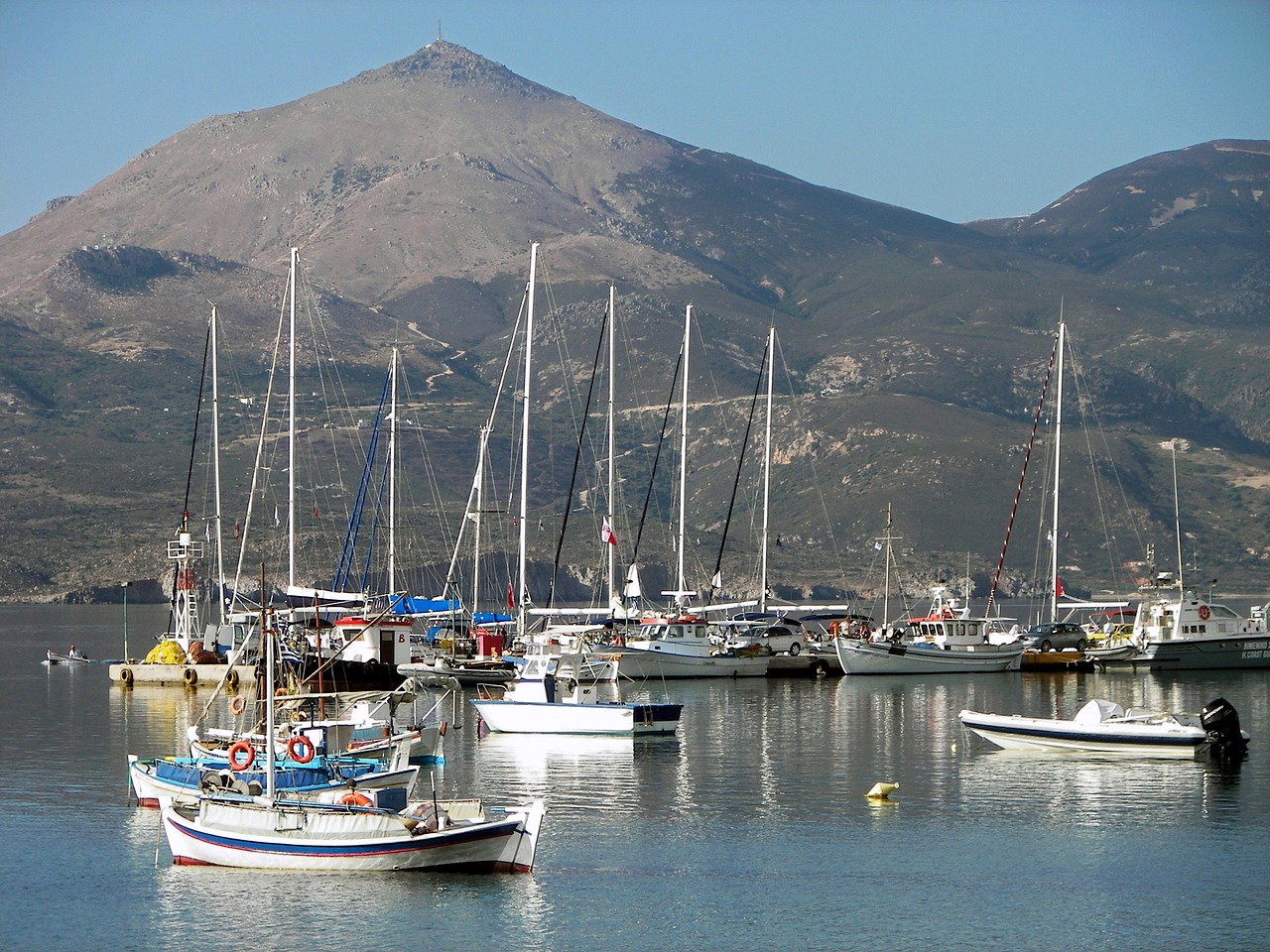Odysseus stands out as a principal character in Homer’s epic, the Odyssey, and is one of the most prominent figures depicted in Western literary tradition. In this narrative, he is introduced as the ruler of Ithaca, the offspring of Laertes and Anticleia (who herself is the daughter of Autolycus from Parnassus), and the father of Telemachus with his wife, Penelope. In subsequent legends, he is sometimes attributed as the son of Sisyphus and has various children with figures like Circe and Calypso.
Homer’s depiction presents Odysseus as exceptionally wise, cunning, articulate, resourceful, brave, and resilient. Within the Iliad, he emerges as the individual most capable of resolving interpersonal crises amidst the Greek forces, taking a vital role in uniting Agamemnon and Achilles. His valor and combat prowess are showcased in multiple instances, particularly highlighted during the covert mission alongside Diomedes against the Trojans.
The key focus of the Odyssey lies in Odysseus’s voyages and his efforts to reclaim his kingdom, spanning 24 books that also recount his strategic victory at Troy through the renowned wooden horse. Books VI through XIII chart his journey from Troy back to Ithaca, including several notable encounters: his rescue of companions from the Lotus-Eaters’ trance; the blinding of the Cyclops Polyphemus, son of Poseidon, from whose lair he escapes by hiding beneath a ram; and the loss of 11 out of his 12 ships to the cannibalistic Laistrygones. He eventually arrives at Circe’s island, where he must save his men whom she has transformed into swine. Further along his journey, he visits the realm of the dead to converse with Agamemnon’s spirit, gaining insights from the seer Tiresias on how to appease Poseidon. Odysseus faces various challenges, including the Sirens, Scylla and Charybdis, and the Sun God’s cattle, which his crew, despite his warnings, steal, leading to devastating consequences. As a result of the ensuing tempest, Odysseus alone manages to reach the serene island of Calypso, where he spends a prolonged period.
After nearly a decade, Odysseus departs from Calypso and returns to Ithaca, where his wife Penelope and son Telemachus have been fighting to hold on to their authority during his extensive absence. Initially recognized by just his loyal dog and nurse, Odysseus reveals his true identity, aided by Athena, by accomplishing the challenge set by Penelope: stringing and shooting his old bow. With the support of Telemachus and a couple of slaves, he defeats the suitors vying for Penelope’s hand in marriage. Despite this, Penelope remains skeptical of his identity and lays forth an additional test; ultimately, she recognizes him and embraces him as her husband and the true king of Ithaca.
Throughout the Odyssey, Odysseus frequently displays his cunning and deceptive skills, yet simultaneously, his bravery, loyalty, and nobility shine through. Classical Greek historians often depicted him as either a ruthless politician or a sagacious statesman. Philosophers admired his astuteness, while some Roman writers, like Virgil and Statius, criticized him as a contributor to the fall of Troy, with others like Horace and Ovid holding him in high regard. Early Christians looked upon him as a symbol of wisdom on a pilgrimage. The potentialities of Odysseus’s character have been examined by playwrights, while romanticists have portrayed him as a Byronic hero. This multifaceted figure endures as the archetype of “the man of many turns,” evolving through various interpretations across eras without losing his intrinsically complex character.



